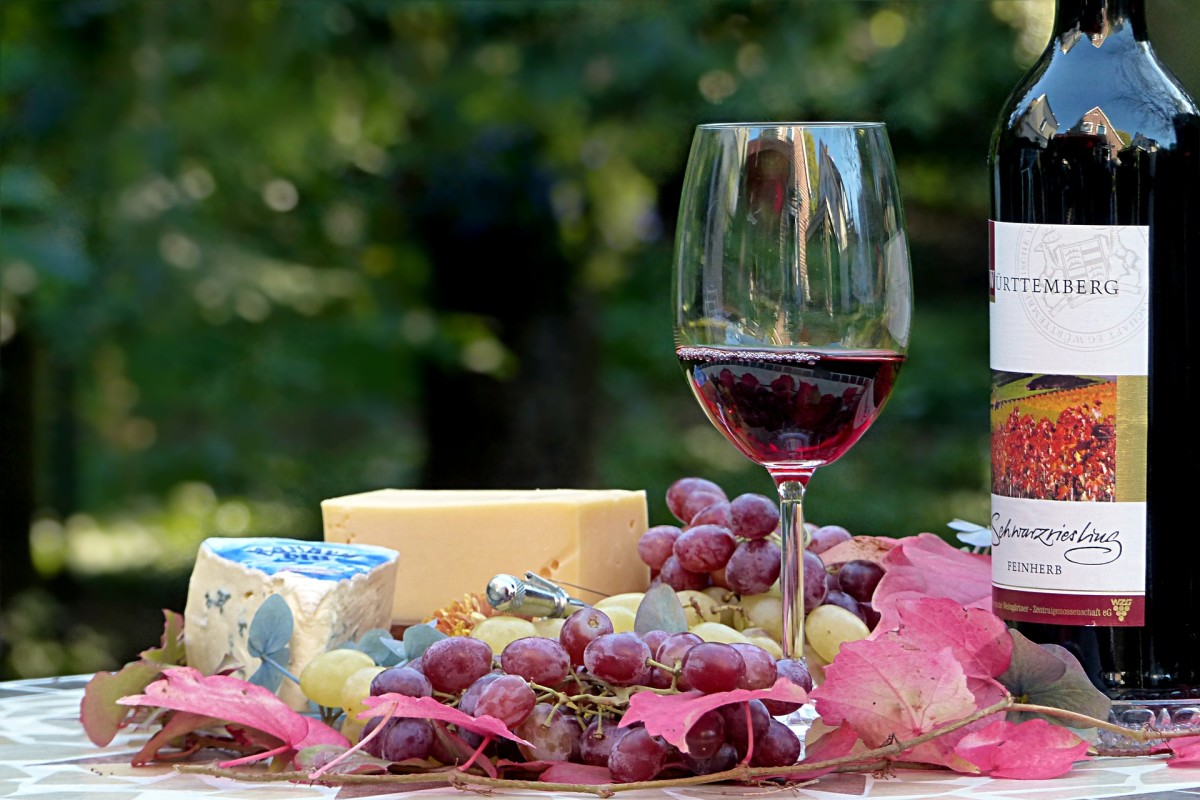Perils of addictions
A recent study by University College London has presented the results of its findings on the impact of smoking on life expectancy in rather dramatic terms.
Wine has always been a source of intrigue due to its lengthy history and complex tastes. Like any other kind of art, it is subject to rumours and falsehoods that might keep devotees from completely appreciating their Oenophilic explorations.

Representation image
Wine has always been a source of intrigue due to its lengthy history and complex tastes. Like any other kind of art, it is subject to rumours and falsehoods that might keep devotees from completely appreciating their Oenophilic explorations.
Let’s dispel five prevalent wine misconceptions and debunk the real meanings behind the swirls and tastes:
Advertisement
Myth 1: Expensive wines are always better
Advertisement
The idea that a bottle of wine’s price exactly correlates with its quality is one of the most persistent misunderstandings in the wine business. While it is true that expensive wines are sometimes associated with rarity and prestige, this does not always imply that their quality is higher. Wine choice is rather individualised. If it suits your palate, a bottle of wine priced at Rs 1,000 may be just as enjoyable, if not more, as a Rs 5,000 one. The secret is to sample wines of various price points and let your taste buds be the final arbiter.
Myth 2: Red wine should be served at room temperature
It is important to understand the concept of “room temperature” when referring to red wine. Depending on the sort of red wine you’re drinking, the recommended serving temperature varies. Lighter reds like Pinot Noir may taste better when served slightly cold, although certain full-bodied reds benefit from being served somewhat cooler than room temperature, about 14 – 18°C (57 – 65°F). Recognise the adaptability of red wines and try them at various temperatures to discover the subtleties of their flavour.
Myth 3: Corked wine means cork in the bottle
The misconception that “corked” wine has floating pieces of cork in the bottle is a widespread one among inexperienced wine drinkers. Natural cork closures can at times contain a chemical called TCA (2,4,6-trichloroanisole), which is the actual cause of “corked” wine. This contamination gives the wine musty, wet cardboard aromas that could often times be found on the palate as well. Many wineries have switched to alternate closures like screw caps and synthetic or glass corks, which offer a solid seal without the risk of cork contamination.
Myth 4: Older wines are always better
The myth that older wines are always better seems to have been conveyed through the years. A very large proportion of wines produced globally are made to be consumed young to highlight their lively and fruit-forward characteristics. While maturing certain wines can increase their complexity and character, not all wines from all grape varieties benefit from aging. Mainly red wines with structure, made from grape varieties such as Cabernet Sauvignon, Shiraz, Tempranillo among a few others, as well as a very few specific white wines, age well.
Myth 5: Wine and cheese pairing is strictly red wine and hard cheese
Although pairing wine and cheese is a popular culinary activity, there are no formal guidelines that force you to stick with red wine and hard cheese pairings. You could embark on a fascinating journey of discovery in the realm of wine and cheese combinations. There is no one-size-fits-all method for pairing wine with cheese; various wine styles go well with different kinds of cheese. While white wine may create a pleasant harmony when coupled with soft cheeses like Brie or Camembert, red wine may be the traditional accompaniment for hard cheeses like Cheddar. Be daring in your pairings and allow your palate to lead you to intriguing and tasty combos. More importantly, you may come to enjoy combinations that are completely different from what old guidelines indicate.
In conclusion, the world of wine is teeming with myths that can obscure the true essence of this ancient elixir. You can embark on a wine-tasting adventure with newfound confidence and enthusiasm by debunking these misconceptions. The best wine is the one that you enjoy, irrespective of its price, age, or traditional pairings. So, raise your glass to break free from these wine myths and savour every moment of your wine journey. Cheers to the world of wine, where myths crumble, and enjoyment reigns supreme!
Advertisement